HPE GreenLake For Private Cloud Packs New AWS Kubernetes Punch
HPE new version of GreenLake For Private Cloud Enterprise adds new muscle to the pay-per-use private cloud platform including integration with AWS’ Elastic Kubernetes Service (EKS) Anywhere. Here are five things you need to know about HPE’s GreenLake for Private Cloud additions unveiled Wednesday at HPE Discover in Germany.
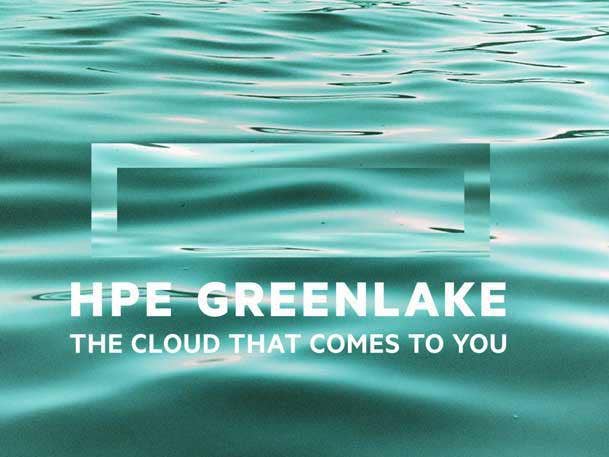
New Partner Services Opportunities: HPE GreenLake For Private Cloud Enterprise
Hewlett Packard Enterprise Wednesday introduced a wide range of new capabilities to its HPE GreenLake for Private Cloud Enterprise, the company’s platform for providing enterprises a private cloud with a public cloud experience for those applications that either businesses prefer not run in a public cloud or which cannot be migrated to a public cloud.
Top of the list of new capabilities is AWS Kubernetes integration with HPE GreenLake for Private Cloud Enterprise which opens the door for “tremendous” new services opportunities for partners, said Bryan Thompson, vice president of Product Management for GreenLake Cloud Services Solutions.
“As an MSP or [a system integrator] you can take this and build augmenting or complimentary services either surrounding or on top of [HPE GreenLake for Private Cloud Enterprise],” Thompson told CRN.
[Related: Private Cloud Breakthrough: HPE GreenLake For Private Cloud Enterprise]
In fact, Thompson said, the new additions provide additional momentum behind the “Powered By GreenLake” model that is taking hold in the HPE channel, giving channel partners the ability to more easily provide managed services in the data plane and deliver full managed outcomes by leveraging public cloud automation tooling in a private cloud single tenant environment.
“There is a tremendous partner opportunity with this, providing the foundational substrate to deliver any number of services on top of or complimenting [HPE GreenLake for Private Cloud Enterprise],” he said.
Along with the new deployment options for Kubernetes with Amazon EKS Anywhere, HPE also introduced six new optimized instances for general compute, memory, and storage; improved usage and cost analytics of applications for hyperscale public clouds, and a new HPE Ezmeral Kubernetes early access program.
To learn more about what’s new for HPE GreenLake for Private Cloud Enterprise, read on.
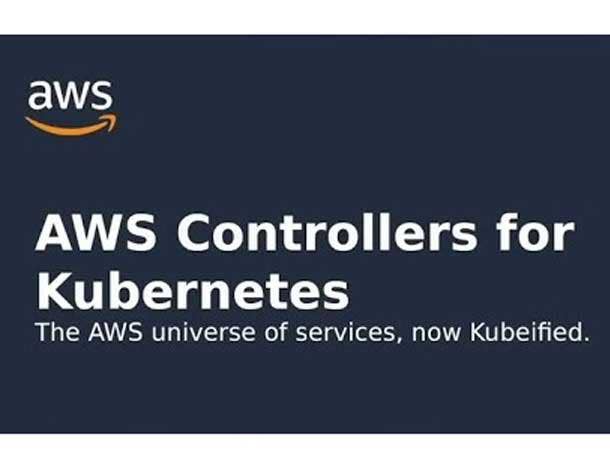
AWS EKS Anywhere The First Public Cloud Kubernetes Cloud Service To Integrate With HPE GreenLake for Private Cloud Enterprise
Amazon Web Services has become the first public cloud provider to integrate its Kubernetes container platform with HPE GreenLake for Private Cloud Enterprise, Thompson said.
The AWS EKS Anywhere capability opens the door for customers to use the AWS Kubernetes platform in a private cloud they can deploy on-premises, in an edge location, or in a third-party colocation service, Thompson said. The AWS EKS Anywhere addition was based on customer demand, he said.
“This is an open source solution from AWS,” he said. “We have given the ability and the automation to make it very easy to deploy and integrate into your [GreenLake] PCE environment. Today, if you want support on that particular solution, it would still be an engagement with AWS. But as we work with them on this partnership, you can imagine we’ll continue to evolve that offering into fully managed services or other complimentary capabilities that either side can provide as part of that experience.”
HPE expects to add capabilities for Red Hat OpenShift to HPE GreenLake for Private Cloud Enterprise in the coming months, with capabilities for Google Kubernetes Engine (GKS) and Azure Kubernetes Service (AKS) to follow, Thompson said.
“Many enterprises have kind of picked their horse,” he said. “They use OpenShift, they use EKS, they use Rancher. So where we want to take [GreenLake] PCE (private cloud enterprise), with EKS Anywhere being the first example, is allow us to deliver that cloud experience but allow you to choose what you want that underlying runtime component to be, in this case for Kubernetes,” said Thompson.
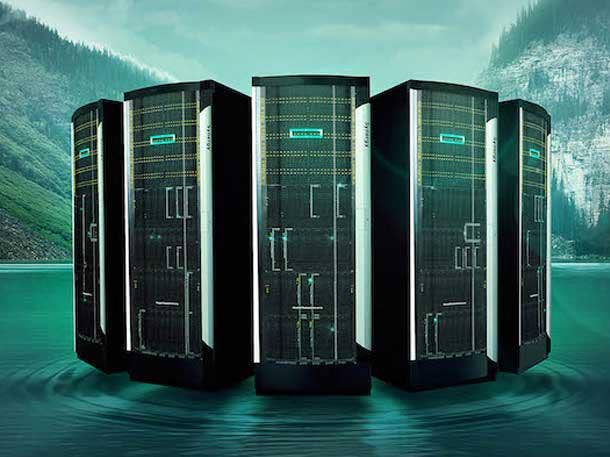
HPE Enables AWS EKS Anywhere To Work In VMware Environment
HPE has done the engineering work with AWS to enable the AWS EKS Anywhere functionality in a VMware environment in a seamless way, Thompson said.
“The Kubernetes bits are very well packaged from Amazon,” he said. “They have their own kind of Linux distributions that they use. We worked with them to help enable this to run in a VMware environment if you want it on virtual machines, or we work on bare metal. So there has been a fair amount of technical partnership to move this along. But it’s just a great example of meeting that customer need.”
The ability to integrate VMware with AWS EKS Anywhere comes just one month after HPE announced an expanded deal with VMware that brings the full VMware cloud foundation stack to HPE GreenLake.
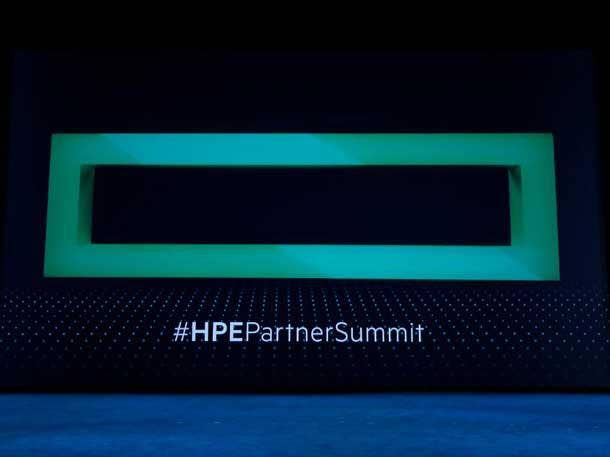
The AWS EKS Anywhere Solution for HPE Private Cloud Enterprise Brings Partners New Opportunities
The AWS EKS Anywhere solution fits under the HPE Partner Ready program which provides a 17 percent rebate based on the size of the deal, Thompson said.
“The [AWS] EKS Anywhere solution is monetized based on consumption,” he said. “So whether I am running EKS in Amazon or on my local private cloud, the way it is monetized is the services that are being consumed. How many resources from the private cloud am I consuming? What is the hourly cost of those? That all fits into the same PCE model which is enabled for our partner program.”
The AWS EKS Anywhere addition opens the door for partners to provide additional Kubernetes value added services, Thompson said.
HPE expects to continue to roll out additional services in the future that can be used in conjunction with AWS EKS Anywhere, he said.
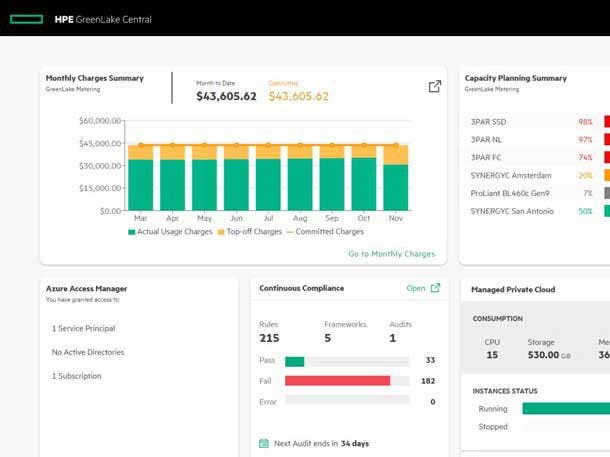
A New Era Of HPE Private And Public Cloud Consumption Analytics
HPE has added new analytics capabilities that open the door for AWS, Azure, and Google Cloud consumption, chargeback, or showback to be measured alongside HPE GreenLake for Private Cloud Enterprise.
The new capability provides a single pane of glass multi-cloud view across HPE GreenLake for Private Cloud Enterprise and public clouds, Thompson said.
“How do I choose where certain workloads should run,” he said. “It may be more cost effective in a private cloud. Or vice versa, if this is a really bursty workload, you should be using that in public cloud and shutting it down as you need to. This really provides that foundation of one view, one single pane of glass, spanning both private and public cloud form factors now,” he said.
This lays the foundation for MSPs looking to provide everything as a service, Thompson said.
“As an MSP partner, you can now be more informed to help customers with things like workload placement decisions, cost optimization, looking at consumption of what may be idle resources [to see if a customer is] burning that meter when they don‘t need to be,” he said.
The new analytics capabilities can help show when some workloads may be more cost effective in a private cloud or in a public cloud, he said.

Six New Workload Optimized Instances for HPE GreenLake For Private Cloud Enterprise
HPE has added six new standardized building blocks of compute, memory, and storage infrastructure for private cloud.
The new offerings include compute-optimized, memory-optimized, and storage-optimized instances, Thompson said.
A customer, for example, that is looking to run an SAP stack with demands for a large in-memory database now has the option to use one of those modules, Thompson said. That opens the door for customers to easily provision virtual machine workloads, container workloads, or optimized bare metal nodes, he said.
“We have expanded the portfolio of more optimized solutions,” he said.
Other HPE GreenLake for Private Cloud Enterprise optimizations include application patterns for Epic electronic healthcare and Splunk analytics workloads, said Thompson.
“There are a couple of different flavors that follow the patterns that we see,” he said. “And we have some example application or workload types to help inform that. But the intent is that they are not built for just a particular workload. It follows that pattern that is typical of those types of workloads.”